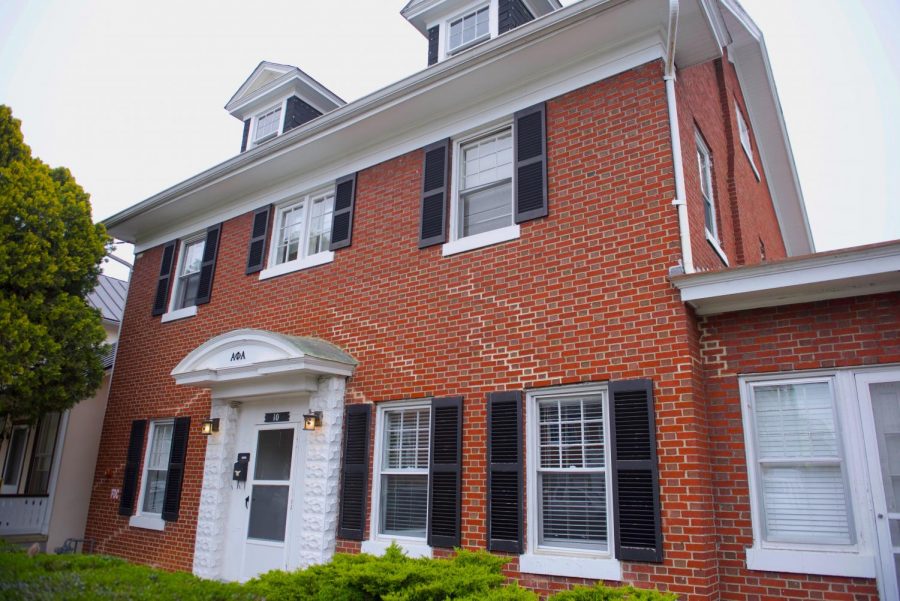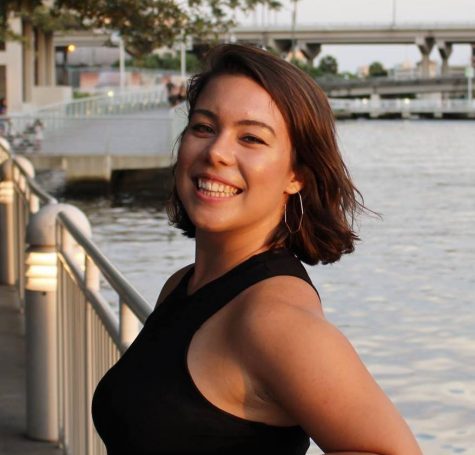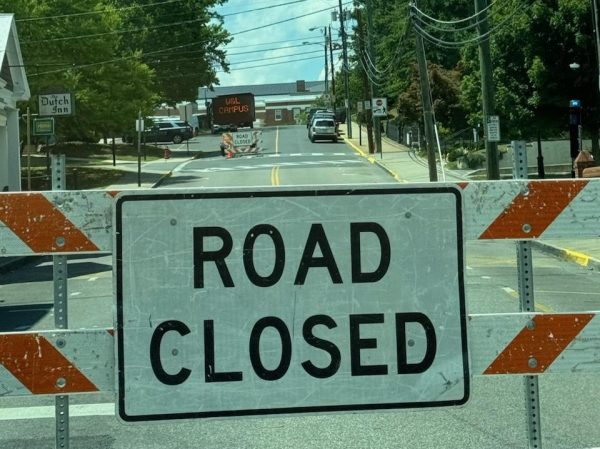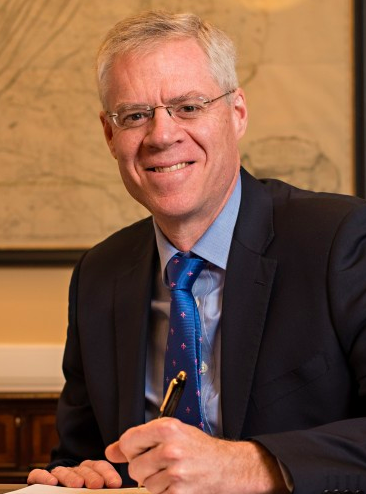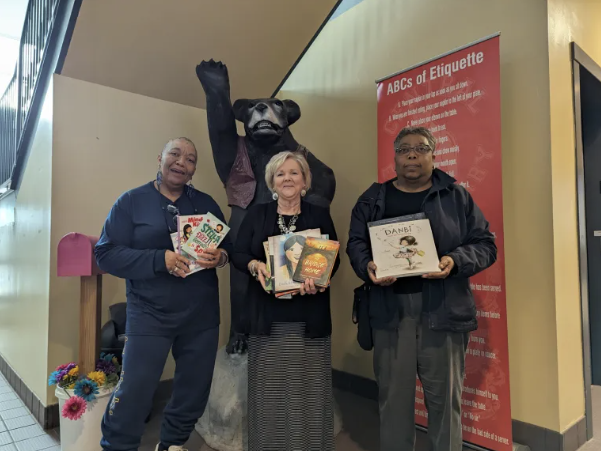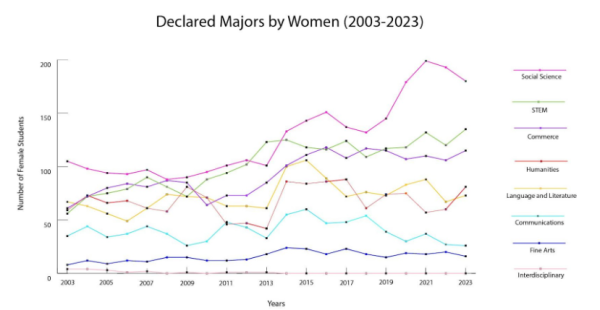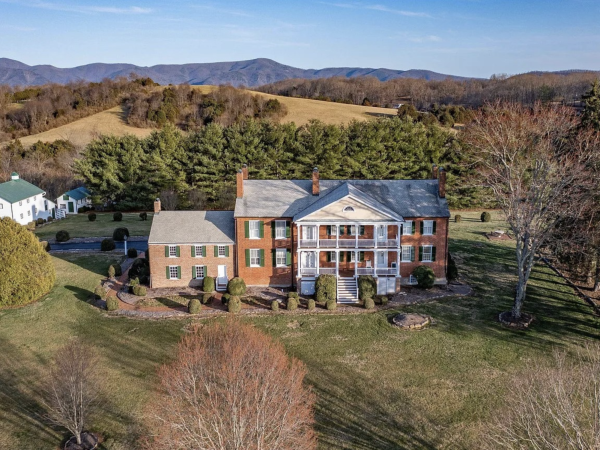Casa Hispánica and Chavis House proposed as site for new institutional history museum
Students, professors concerned over timeline for demolition and plan for replacement
February 12, 2020
Washington and Lee plans to tear down two cultural theme houses to build a new museum to showcase the university’s history. But administrators say it won’t happen any time soon.
University Architect Hugh Latimer declined to share details of the proposal to use the current site of Casa Hispánica and Chavis House on Lee Avenue to build a new institutional history museum, saying it was in its early stages.
“We have a lot of capacity in themed housing so we should be able to make accommodations that make sense,” Latimer said. “We have a lot of time to make a decision.”
The proposal is part of the university’s master plan, separate from its strategic plan, which includes nine other construction projects like a new cultural center in Elrod Commons, additional Leyburn Library classrooms and renovations and updates to the softball field.
The university Board of Trustees will hear the first phase of the proposal next weekend, but they won’t vote to approve the plan until May, Latimer said. The proposed site, timeline and cost to build the museum won’t be decided until at least the 2020-21 academic year.
“They’re not going to start tearing that down until they’ve raised the money for the museum, which is some years from now,” said Vice President for Student Affairs and Dean of Students Sidney Evans.
Chavis House, named after the university’s first black student, John Chavis, also functions as a home base for the university’s chapter of Alpha Phi Alpha, a historically black fraternity. Casa Hispánica, under the guidance of the Department of Romance Languages, houses Spanish and Portuguese teaching assistants and students who commit to speaking only Spanish in the house.
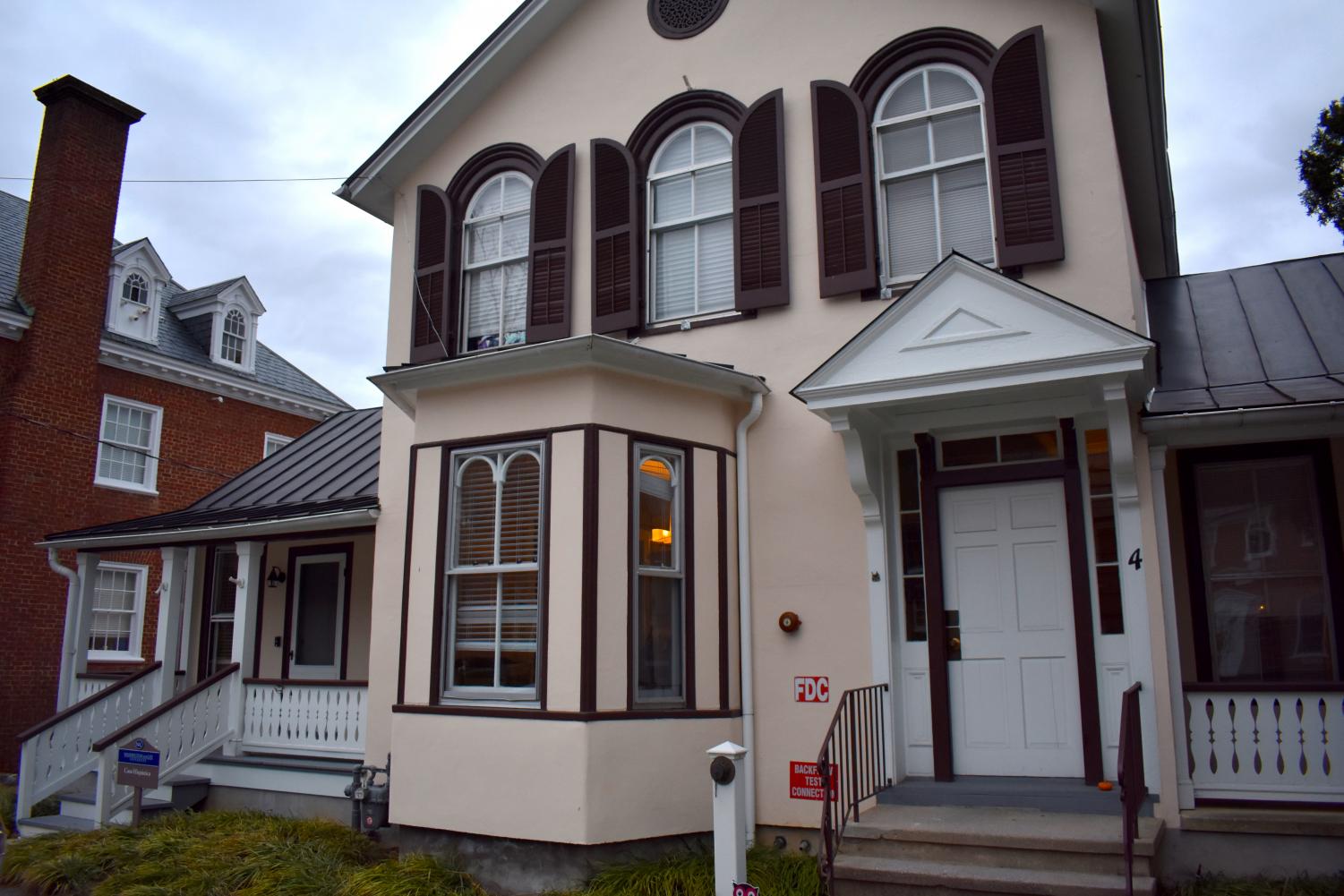
Tammy Futrell, the dean for diversity, inclusion and student engagement, said that would-be future residents of Chavis House will be consolidated into Sankofa House. The theme house was formerly a fraternity house and then Culinary House before it was transitioned into a space for black students starting in fall 2018.
“Both [Casa Hispánica and Chavis] houses have very limited capacity,” Futrell said. “With Sankofa, I feel like we’ve already kind of addressed that three times over because there’s three times more housing space in Sankofa than there is currently in Chavis House.”
Twice this year, Chavis House hosted Waynesboro-based barber William Swink of Swizzlecuts for a day-long barbershop. In Lexington, where black men can be hard-pressed to find a barber who specifically services black clients, the barbershop event filled a need. Chavis House resident Garrett Clinton, ‘20, said at least 15 people came for haircuts each time.
“During the strategic planning process, one of the things we heard from students of color—black students, in particular—was, ‘We need social real estate that’s on an even footing with some of the fraternities and sororities,’” Evans said. “That’s one of the reasons why we felt like Sankofa made sense. Chavis just couldn’t host gatherings of any real size.”
Evans added that there’s also more social space at Sankofa, which has hosted soul food cooking events, Black Campus Ministry, game days, movie nights and parties in the basement. And it has the space to host more barbershops in the future.
Chavis House currently has three residents, with a capacity of up to five rooms that vary in size. Clinton, who founded the revival of Washington and Lee’s chapter of Alpha Phi Alpha fraternity, has lived in Chavis House for two years.
“I feel like I had my best two years in college living there,” Clinton said, who lived in Graham-Lees and Woods Creek his first two years. “In terms of the three spots I’ve lived at here, it’s the spot where I feel the most healthy and best positioned to perform well.”
Clinton acknowledged Chavis House, while recently renovated, was old, and said he sees the proposed tearing down of the house to build the new institutional history museum as justified.
“I think because of the purpose of it being torn down, it’s no hard feelings. It’s for a better purpose,” he said. “It [will serve] a more permanent impact on the university than it is now, I think it feels fine.”
What will happen to Casa Hispánica is less clear, but Evans said the university will work with the Department of Romance Languages to find a replacement program or space.
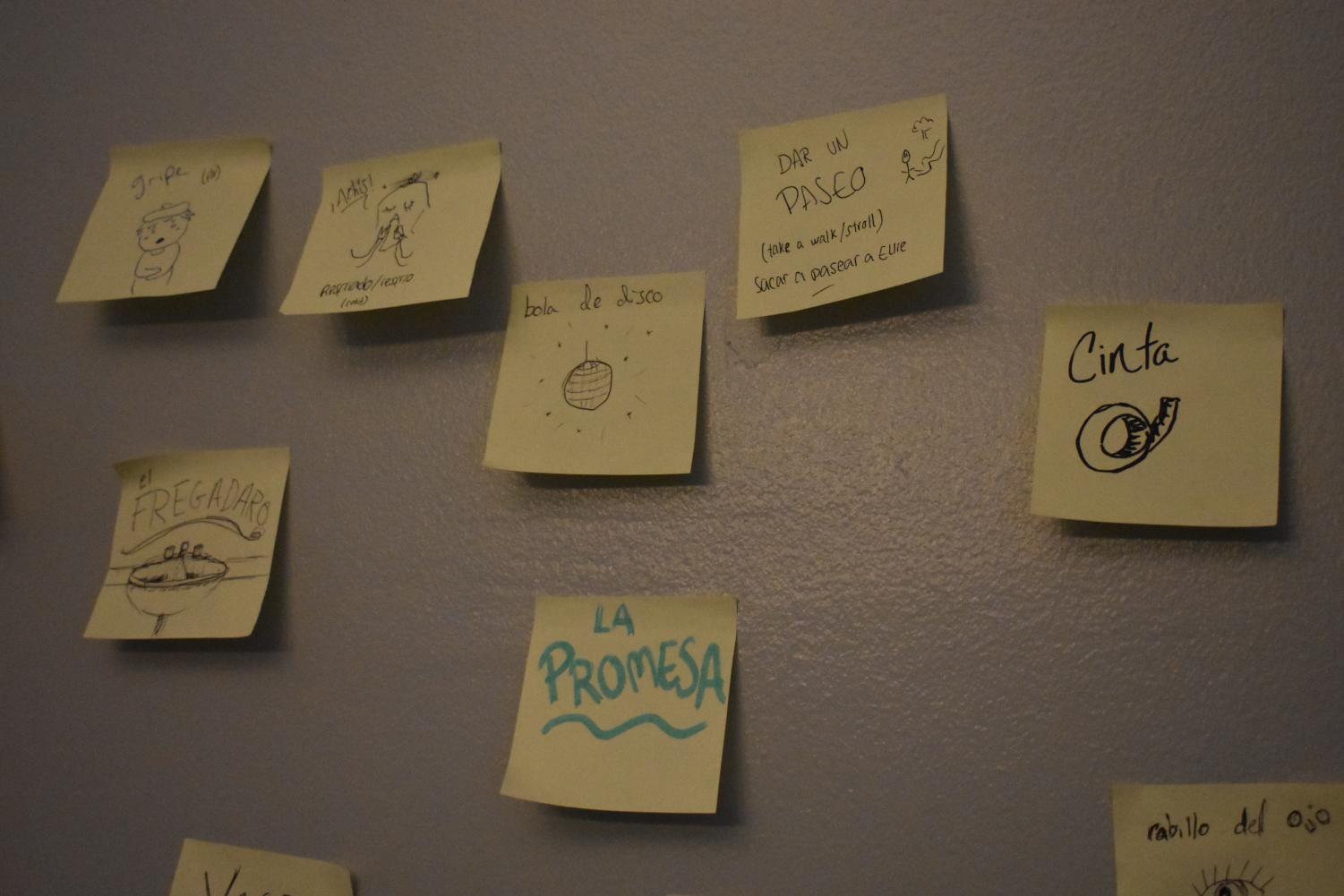
The house can fit up to 9 residents in single rooms. Spanish and Portuguese teacher’s assistants organize weekly language and cultural events like cooking classes for traditional foods and movie nights.
A separate house, called Nuestro Hogar Latino, was established this academic year for just Latinx students.
Spanish Professor Javier Buenadicha said Casa Hispánica benefits students who may not be able to continue taking Spanish classes because of other major requirements but can still practice the language.
“I think it was always a very good thing for our students just a way to engage them, to see them, to show them that they can use the language outside the classroom,” Buenadicha said. “They don’t have to be all the time with a teacher or professor who tells them what to do, but they can communicate with people similar in age, as teaching assistants are.”
As a Spanish major, Marion Boyd, ‘22, applied to live in Casa Hispánica to immerse herself in the language as much as she could. She said she first heard rumors about the proposed museum location last fall, but has heard a resurgence of discussion among students in the past two weeks.
“A number of us are just kind of frustrated and it’s because we don’t know what’s going on and basically we’re waiting day by day to see what’s going to happen,” Boyd said. “If things like not enough room in third year [housing] is going on, why are you taking away more places to live?”
Casa Hispánica resident Megan Murchie-Beyma, ‘22, first visited the house as a first-year for a Spanish language event. She immediately knew she wanted to live in the house her sophomore and junior year.
“Having themed houses on campus is a really good idea because I think it really fosters a sense of community outside of sororities and fraternities, which is available to everybody regardless of income or whether they like the Greek system,” she said.
Buenadicha said the house was renovated three years ago, which made him think it would stay around for longer.
“It’s not a problem if the Spanish house is moved. But if there is no more Spanish house, that would be a loss for this university,” he said. “I will be sad that we have to find a place to celebrate the weekly events that we do, and the students that want to learn Spanish and talk Spanish will not have a place to do.”
Spanish Professor Mónica Botta said Casa Hispánica also functions as a space to welcome all campus members who are interested in Latin American and Spanish languages, cultures and peoples.
“I hope those in charge of the plans for the new museum of institutional history will keep in mind the cultural value of the Spanish House,” Botta said.
Latimer said he started working on the master plan in September 2018 and has encountered delays, but typically these sorts of plans take 10 years to devise and implement. He said the university planners held a series of presentations and feedback sessions with students, faculty and Lexington residents in the months that followed.
“I don’t think the university wants to rush decision-making,” Latimer said. “It wants all voices to be heard, as long as that takes.”
What Chavis House and Casa Hispánica residents can agree on is that the two theme houses—for however long they’ll be around—feel like home.
“I didn’t really call my dorm home,” Murchie-Beyma said. “But I find myself calling Casa home all the time, and it really does feel like that.”



